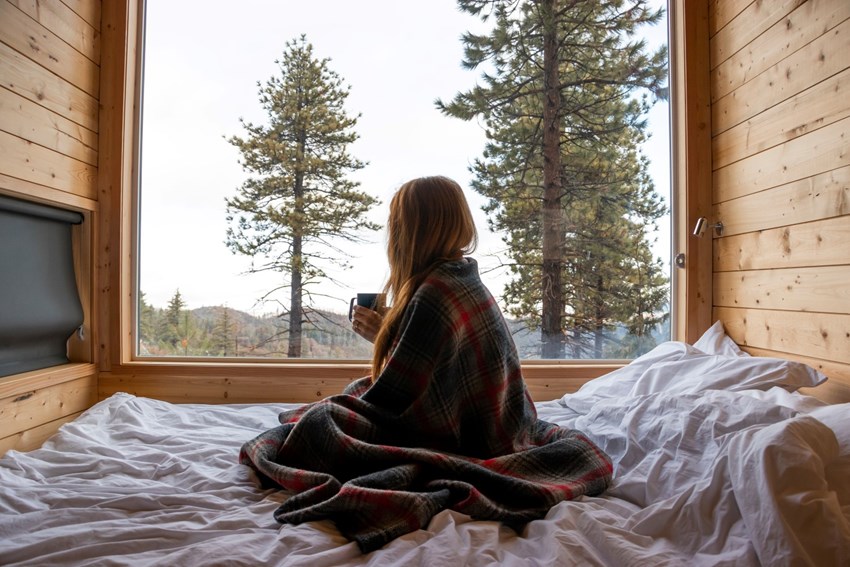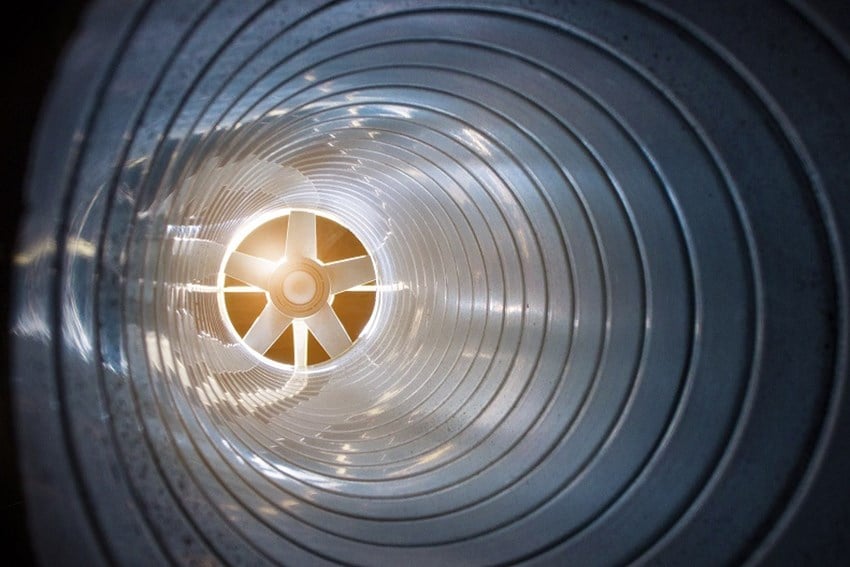What is ventilation?
Ventilation is the movement of fresh air around a closed space, the exchange of air between the inside and outside environment, or the system that does it.
Things to know about ventilation
Proper ventilation is essential for breathing, as the oxygen level is gradually reduced in an inhabited area. Thus, removing or diluting air pollutants, smoke and odour, and controlling humidity and temperature within the used space is required.
The ventilation process comprises air exchange between the inside and outside environment of a designated space, as well as internal circulation within the space. It is achieved naturally through openings or mechanically by using various types of fans.
Ventilation that involves heat exchange, humidity control and air purification are complicated mechanical procedures.


Ventilation — From past to present
Ventilation has a long history and has gradually developed alongside the changes brought about by the evolution of industries and buildings and changes in our personal needs.
There is obviously a very early connection between the idea of ventilation and air quality. Therefore, it is not so surprising that ventilation and health were linked together from a very early date. However, from a technical perspective, ventilation and heating were, for a long time, the results of one and the same idea.
Consequently, there was no specific time when the very first ventilation system was invented or used purely for ventilation purposes.
The word ventilation can have different meanings from the meaning in different times & languages, various processes and terminology.
- In Latin, the word ventilare means to 'expose to the wind'. In etymology (the study of the origin of words and the way in which their meanings have changed throughout history), it has been borrowed from Middle French ventilation, from old French ventilacion, from late Latin ventilatio, and from Latin ventilo.
- In medicine, it describes the exchange of oxygen and carbon dioxide in our lungs, i.e. 'breathing'; part of it is the process of the inhalation of air to provide oxygen and the exhalation of spent air to remove carbon dioxide. In medical terminology, it could also be a mechanical system/device used to assist breathing.
- Today, it means to bring in outdoor air, move around a room/building, etc., and replace indoor air of the occupied space, i.e. the 'act' or 'process' of ventilating or the state of being ventilated. And/or the 'installation' as a part of a mechanical system in a building that provides a supply of fresh air.
Would you like to know more about the history of ventilation?
Where is ventilation required?
Ventilation is required for a wide range of areas.
- Houses — bedrooms, living rooms, kitchens and bathrooms.
- Offices — workplaces, common spaces and toilets.
- Factories — workplaces, shop floors, laboratories, depots, stores, canteens, common spaces and utility areas.
- Public places — shopping markets, hospitals, food courts, restrooms and common spaces.
- Confined spaces — all accessible confined spaces, containers, tanks, sewerage systems and mines.
Ventilation and building standards
Ventilation is mainly used to control indoor air quality by diluting and displacing indoor pollutants; it can also be used to control indoor temperature, humidity, and air motion to benefit thermal comfort, satisfaction with other aspects of the indoor environment, or other objectives.
Ventilation is about design and technology. Building standards, codes, requirements, and many more regulations ensure all.
Codes and standards serve many purposes, but foremost is their contribution to the overall betterment of civilization. Their role is particularly important as we work toward the challenges of a safer and more cost-effective built environment.
In many ways, today's world is complex, and codes and standards provide a point of measurement to simplify our lives. In this sense, codes and standards provide the practical foundation for a better tomorrow.
Building codes have to address many new technologies and design concepts and have expanded beyond health and safety requirements to include other societal values such as accessibility, energy efficiency, indoor air quality, sustainability, and many more.
Building regulations help ensure that new buildings and renovations of already built buildings will be safe, healthy and high-performing. The regulations are also designed to improve the conservation of natural sources and energies, protect and enhance the outdoor & indoor environments, and promote sustainable development.
Want to know more about building standards in ventilation?

Insufficient ventilation is more dangerous than all other causes together.John Griscom, Surgeon